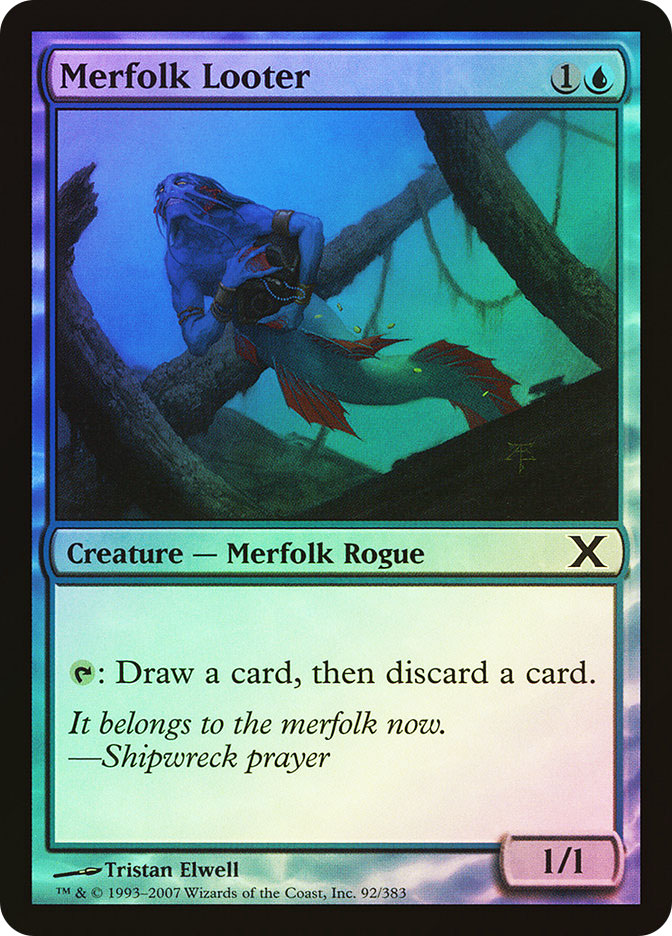
Spatial Contortion is an incredible removal spell that has seen cross-format play and is currently a prime answer to taking care of Smuggler’s Copter. It does the job well, but isn’t enough on its own. It is also rather ineffective against much larger threats, meaning its uses are relatively linear and clear. Always Watching along with the Boros creatures that naturally pump the size of vehicles invalidate Harnessed Lightning unless you’re able to, say, kill a Motorist with the first Lightning, bank two Energy, and then kill a Copter with what you have left in your tank. Where it goes wrong: One of the rough parts about Harnessed Lightning is that it requires additional resources to defeat any larger Copter. Three toughness is the magic number we’re working with. It also kills Fleetwheel Cruiser and Sylvan Advocate. Energy being a side-effect of many already impressive spells or archetypes that require it to function are going to make this one of the best answers to Smuggler’s Copter going forward. Subsequent copies and the addition of Energy allow it to take out Copters if they are larger, which gives it one of the most important edges in the format.ĭecks the utilize Harnessed Lightning can be aggressive to clear blockers, midrange to remove threats from the battlefield, or control for the same purpose. Without the Crewing of something like Veteran Motorist or a Depala, Pilot Exemplar on the battlefield, a Harnessed Lightning can handle the Copter before it gets the opportunity to begin generating card advantage. Harnessed Lightning might be the most proactive solution because it requires the least amount of actual work or circumstance in order to shoot a Copter out of the sky. We’re going to go over them today, and talk about what the best way to attack Smuggler’s Copter decks might really be. Standard has several options and answers to Smuggler’s Copter, but some of them are narrow and others may be unplayable. We’re not going to have this problem this time around. Usually they ramp up and are identified later in their legality, and we scratch our heads and ask, “Why did it take so long before that broke out?” It’s rare that so early in a card’s life that we have to look at it as a potentially format-warping threat and address it as such.

Over the last few years we’ve been forced to deal with scenarios involving Rally the Ancestors, Collected Company, Pack Rat, and others. This is somewhat symptomatic of a format where there is a clear power creep amongst the available card pool. Players will be placed directly into one of two camps:


#The looter problem mtg pro
With #SCGRegionals on the horizon, you will play against dozens of Smuggler’s Copters over the weekend, and the Pro Tour is likely to reinforce that. I love talking about things as if they are larger than life, but make no mistake that today’s discussion won’t include any measure of sarcasm or satire. One of the traits I exemplify the most in my writing is probably hyperbole. Having 32 copies of a card in a Top 8 and over 100 of them in a Top 32 is a ridiculous and frightening number, but no, the sky isn’t falling.
#The looter problem mtg how to
If an RNG runs before each draw, though, cards that take up a higher percentage of your deck have a higher chance of being drawn.It’s possible it may be too early to make this assessment, but then again, I’d rather be trying to figure out how to beat in now than wondering what went wrong two months from now. There's a 1/100 chance for card placement just once (this changes a bit when there are duplicates, but the RNG runs only once, still), then you work through it to get to the cards you want. In a real-game scenario, if you have 100 cards, the order it set once. It no longer matters that one of them was not eliminated when the rest were. However, if in this same scenario, you know that no matter what, a new RNG will run before you open the door, then it goes down to a 50/50 shot between the two cards.

The one that didn't vanish has a 99% chance of having the card, because out of 99 cards, it alone was not eliminated and the probability of the other card being Kaya is still 1/100. The one you selected has only a 1% chance of having the card. you should switch to the one that didn't vanish. If you select one card, and 98 of the non-Kaya cards vanish, and you have a choice between the one you selected and the one that didn't vanish. Let's say you have 100 face-down cards and only one of them is a Kaya. there is a difference between a shuffled deck in a set order, where the RNG affects the card order once and you play through that til the next shuffle, and having the RNG affect each draw. I'm not trying to agree with OP that MTGA has an RNG system favors whomever is winning but.


 0 kommentar(er)
0 kommentar(er)
